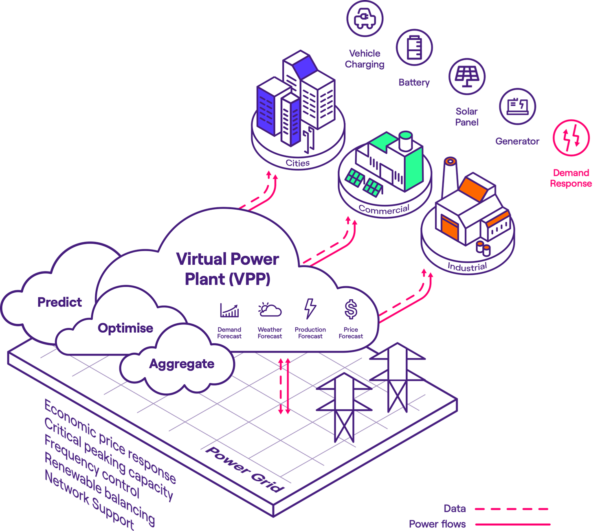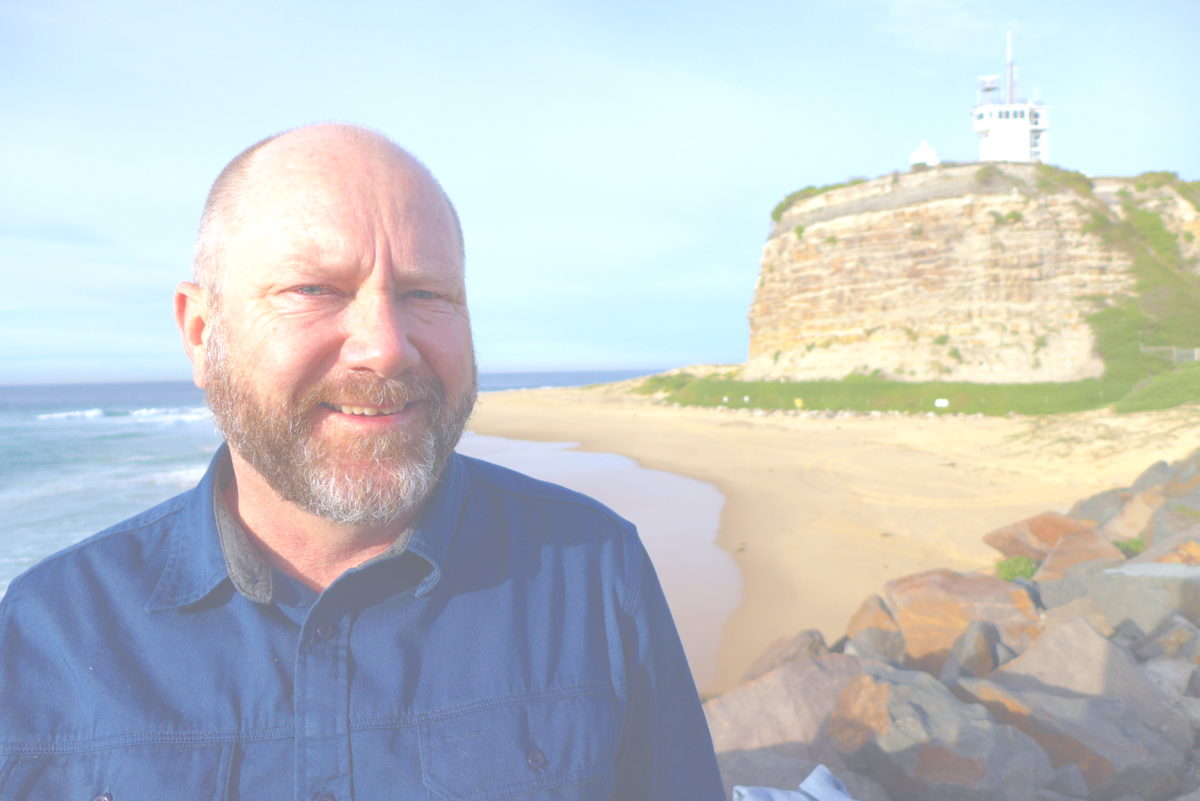Australia is three to four years ahead of the rest of the world when it comes to management of distributed energy resources, according to SwitchDin Founder and CEO, Andrew Mears. Not only does our status as rooftop solar leaders contribute to this, but also the fact of our geographic sparseness which has separated our major grids and created numerous remote ‘islands’.
It means that across Australia there’s opportunity to test a number of different ways to orchestrate distributed energy resources (DERs). Which is precisely what’s happening.
Project Symphony
Project Symphony is the name of Western Australia’s virtual power plant (VPP) launched earlier this month. Funded by various government bodies, what’s different about this program is that it’s set up two new markets: one for the delivery of local network services and the other a ‘constrain to zero’ market.
The reason for these new markets is that while VPPs see retailers orchestrate assets, all they’re really looking at is the energy market spot price or the Frequency Control Ancillary Services (FCAS) price, Mears said. “That, of course, doesn’t take into account the physics of the distribution network,” he told pv magazine Australia.
“So [the Australian Energy Market Operator] AEMO and the networks have been looking for the best approach: how do you accomodate the constraints to keep the physics working well but still allow a level playing field, not constraining value for VPP operators?”

Image: Nextkraftwerke
“The interesting thing about Western Australia is they’re looking to a market to try and price those things,” Mears said.
“Those local markets are new, they’re not in the [National Electricity Market] NEM. This is a new market that is being set up specifically for the [South West Interconnected System] SWIS by AEMO. That’s the main bit that’s the innovative part,” he added.
SwitchDin was recently selected to deliver the VPP technology platform for Project Symphony. While these new markets won’t radically shift the way it deploys its technology, Mears said it is “driving some new developments” in terms of how the company optimises assets.
“So depending on where you live, it may be that you can enable your system to be orchestrated for opportunities in those markets,” he added.
Dynamic operating envelopes
On the east coast, a different approach is on the cards – that of the dynamic operating envelope. These essentially put an upper and lower limit on the flow of electricity into a customer’s site.
The upper limit might be peak demand, for instance, and the lower limit peak export, Mears explained. These bounds or limits are set by the utility and can be adjusted moment to moment – making them far more versatile than, say, tariffs.
South Australia’s recently-created flexible export market is basically a dynamic operating envelope, Mears says, but one that exclusively uses the bottom bound (that of export).
“We’re going to see in the future the upper bound, the demand bound, being adjusted as well. Especially, for example, with electric vehicle charging – which is going to bring a whole new challenge for peak demand.”
Integration is key
Behind the scenes enabling these new orchestration methods is, of course, software. Mears describes integration as the most “boring” bit of this, but also among the most vital.
Not only does the software technology platform have to integrate with the DER, it also needs to integrate with the systems of the distribution network operator to be able to receive those measurements which allow the more advanced orchestration approach.
This integration ultimately enables better optimisation, which is in turn key to orchestrating “win-win scenarios” for both consumers and networks.

Enel X
“If we know what this dynamic operating envelope is then we can actually change the way we optimise the system, we can take that into account, so we can reduce the potential negative impact of a tightening of those constraints, or we can take advantage of an opening of that constraint,” Mears said.
“That optimisation can work for the asset owner, so behind-the-meter, but it can also work for the VPP operator, so front-of-the-meter proposition into the market.”
SwitchDin is currently working on its optimisational forecasting, which it recently told pv magazine Australia it would be integrating into Simply Energy’s VPP, for which it is the technology partner. These new forecasting features, Mears said, will “absolutely” be part of Project Symphony too, as well as the Alice Springs Future Grid, on which SwitchDin is also partnering.
“Alice Springs is an example of smaller scale setting. Of course, with a smaller grid, a microgrid like Alice Springs, it’s actually much more sensitive to the impact of uncontrolled solar and batteries and electric vehicles. So it’s really important managing networks in these settings to get ahead of those problems,” Mears said.
Planned expansion
These three new VPP programs are “key deals” for SwitchDin, Mears said. The company currently has 42 team members in Australia, mostly based in Newcastle, but it is planning to double its staff by the end of next year.
This expansion, Mears said, is because the software company is “getting called into other markets” which are looking to Australia because of its DER management frontrunner status. A key market for the company will be the United States, for which electric vehicles (EVs) are becoming a pain point.
SwitchDin is also looking to expand further into the commercial and industrial (C&I) market. “It’s a booming sector,” Mears said, noting the company will focus on a range of technologies there including community batteries, VPP services as well as broader energy management systems.
This content is protected by copyright and may not be reused. If you want to cooperate with us and would like to reuse some of our content, please contact: editors@pv-magazine.com.









1 comment
By submitting this form you agree to pv magazine using your data for the purposes of publishing your comment.
Your personal data will only be disclosed or otherwise transmitted to third parties for the purposes of spam filtering or if this is necessary for technical maintenance of the website. Any other transfer to third parties will not take place unless this is justified on the basis of applicable data protection regulations or if pv magazine is legally obliged to do so.
You may revoke this consent at any time with effect for the future, in which case your personal data will be deleted immediately. Otherwise, your data will be deleted if pv magazine has processed your request or the purpose of data storage is fulfilled.
Further information on data privacy can be found in our Data Protection Policy.